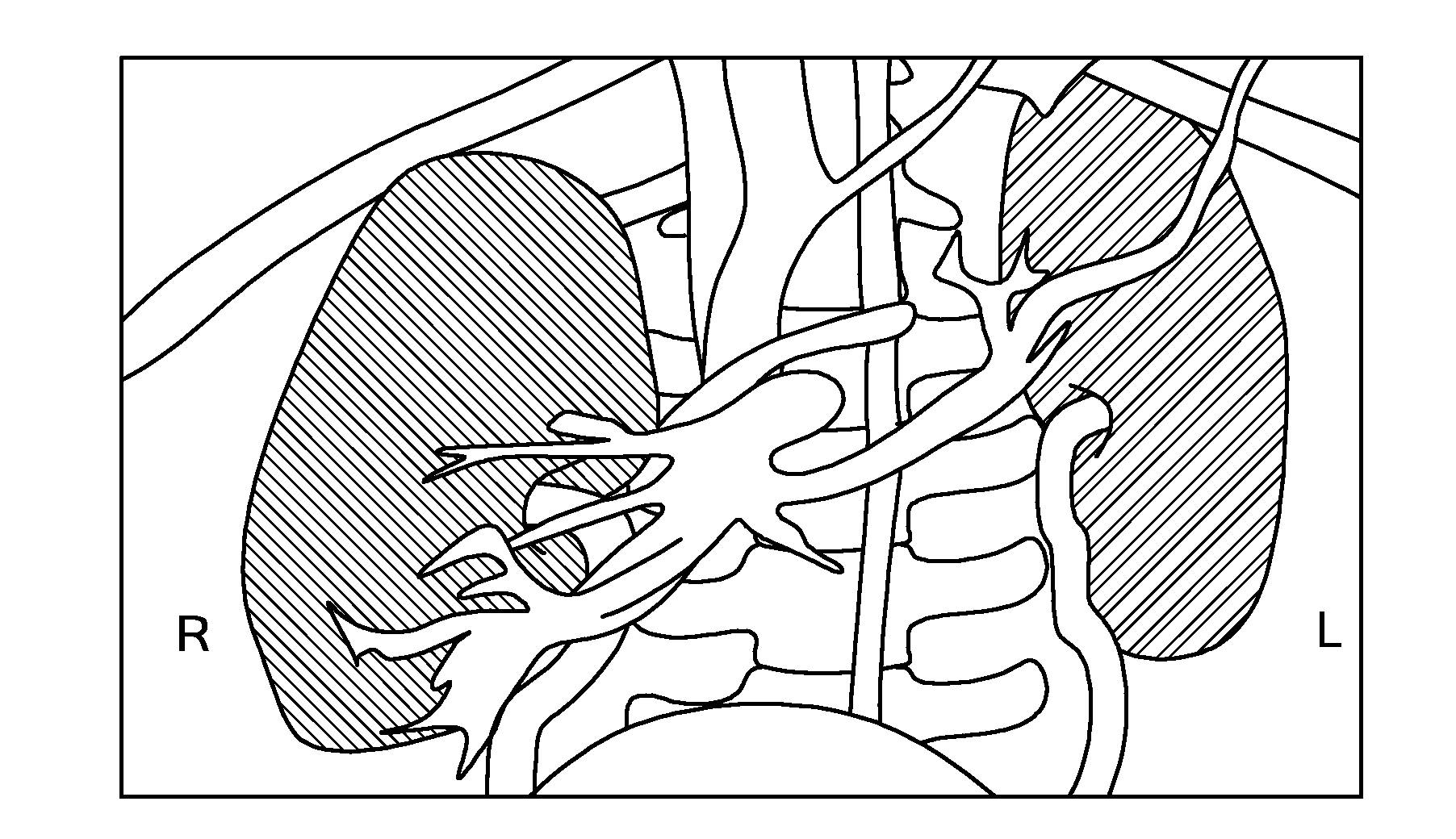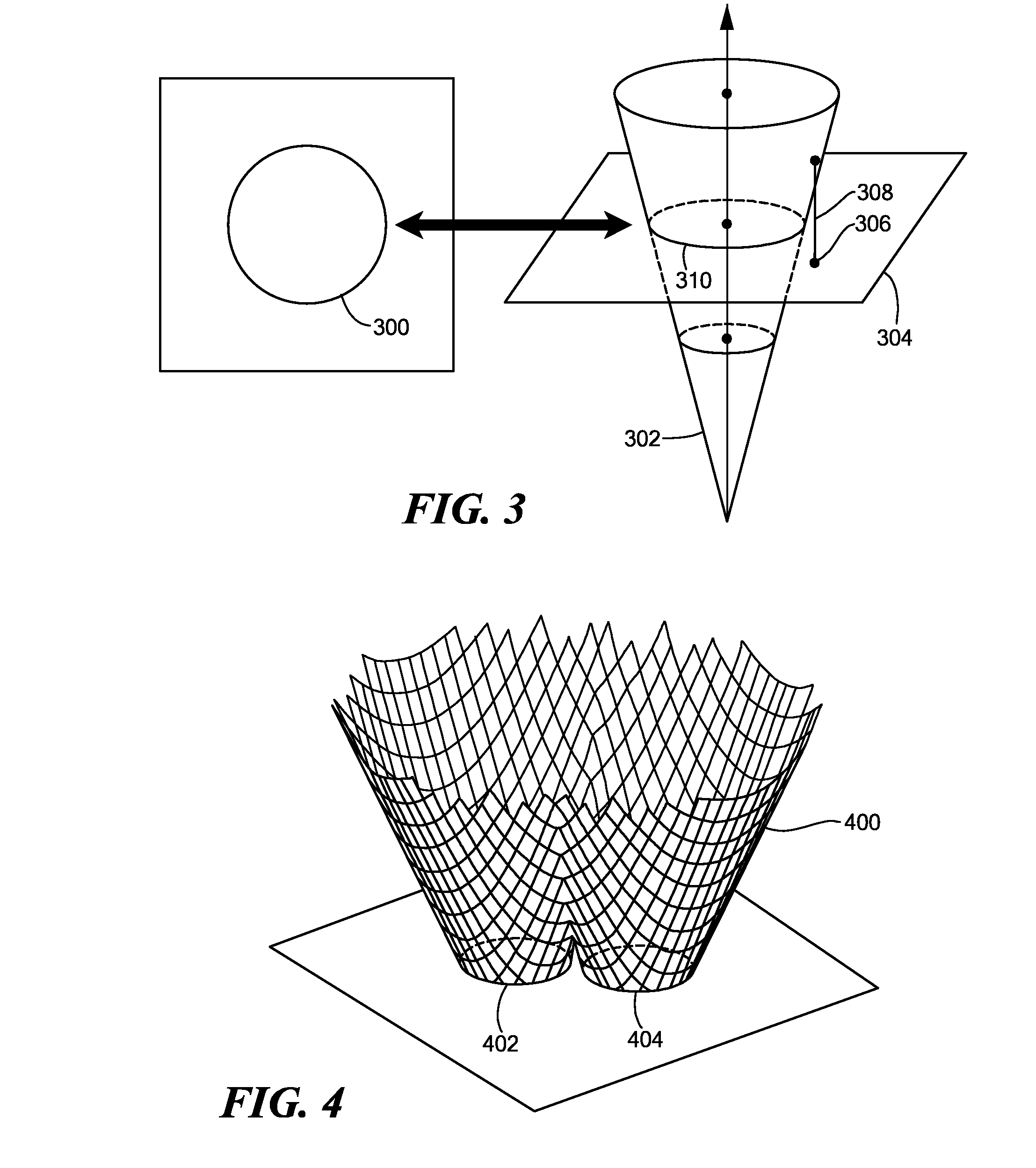Propagating Shell for Segmenting Objects with Fuzzy Boundaries, Automatic Volume Determination and Tumor Detection Using Computer Tomography
a technology of fuzzy boundaries and propagating shells, applied in the field of computed tomography (ct), can solve the problems of increasing the threshold shift of the threshold, affecting the accuracy of the threshold shift, etc., and achieve the effect of reducing the threshold shi
- Summary
- Abstract
- Description
- Claims
- Application Information
AI Technical Summary
Benefits of technology
Problems solved by technology
Method used
Image
Examples
Embodiment Construction
[0035]In accordance with embodiments of the present invention, methods and apparatus are disclosed for 3-dimensional (3D) segmentation in image data representing objects with fuzzy boundaries. We observed that zero-crossing edge models and maximum gradient models can not supply accurate segmentation for such objects in medical images. By analyzing the histogram and the Gaussian mixture model, we observed that the optimal threshold shifts towards small regions in the images, compared to the theoretic threshold. Thus, when the volume ratio between object and background is about 1:1 in the histogram, the optimal threshold approximates the theoretic threshold. We designed a shell structure (called a “propagating shell”), which is a thick region that encompasses an object boundary. The propagating shell is driven by the threshold shift between the optimal threshold and the theoretic threshold. When the volume ratio of object and background in the shell approaches 1:1, the optimal thresho...
PUM
 Login to View More
Login to View More Abstract
Description
Claims
Application Information
 Login to View More
Login to View More - R&D
- Intellectual Property
- Life Sciences
- Materials
- Tech Scout
- Unparalleled Data Quality
- Higher Quality Content
- 60% Fewer Hallucinations
Browse by: Latest US Patents, China's latest patents, Technical Efficacy Thesaurus, Application Domain, Technology Topic, Popular Technical Reports.
© 2025 PatSnap. All rights reserved.Legal|Privacy policy|Modern Slavery Act Transparency Statement|Sitemap|About US| Contact US: help@patsnap.com



